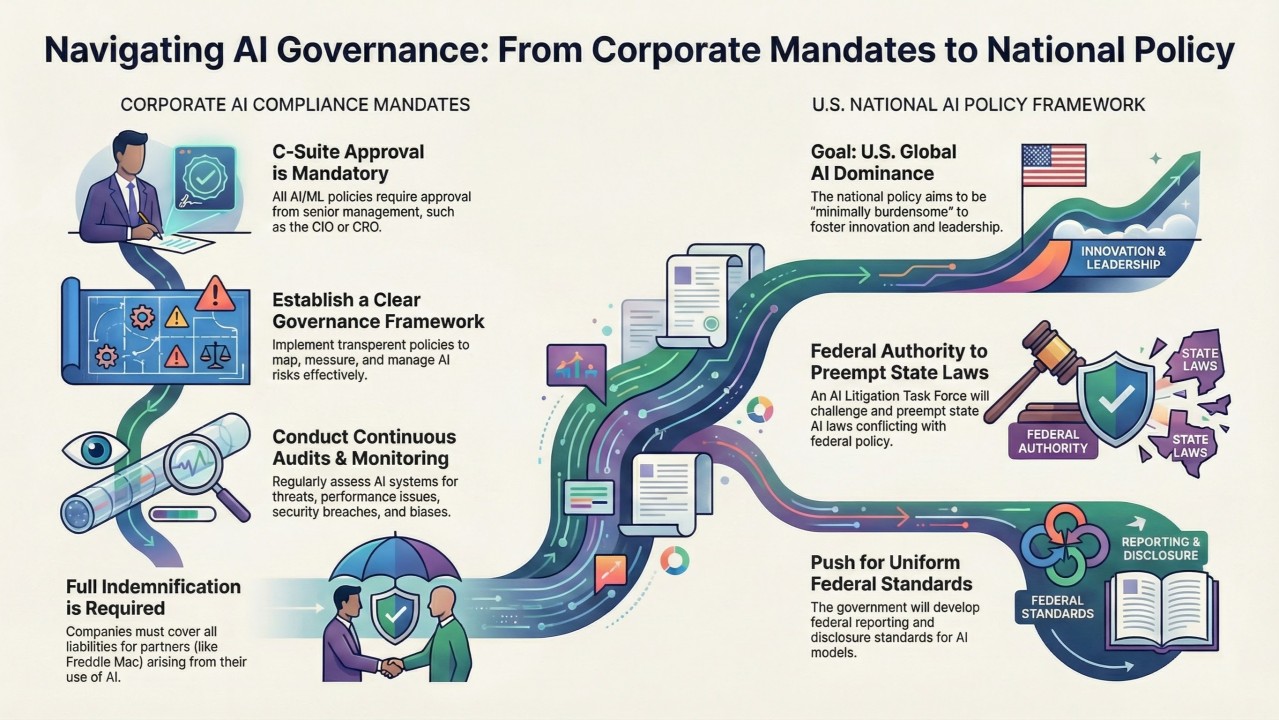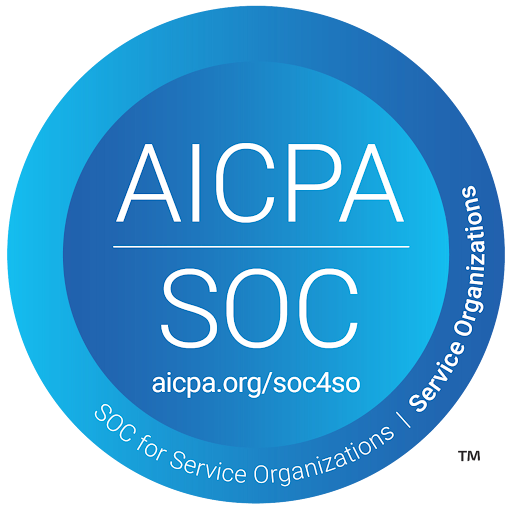Prior to initiating foreclosure, servicers conduct pre-foreclosure functions to determine if they have exhausted all options for loss mitigation and confirm compliance. Servicers must thoroughly evaluate the loan for conformity with statutory, investor, and federal regulatory requirements or moratoriums. As an example, servicers must ensure the borrower is not protected under Servicemember’s Civil Relief Act (SCRA). Once the servicer completes the pre-foreclosure evaluation, servicers can proceed to foreclosure. This review process is frequently dependent on a committee and a manual checklist.The foreclosure process starts with the issuance of a notice of default (NOD) to the borrower and goes through the foreclosure sale. Bankruptcy can interrupt the foreclosure process at any time and depending on the state and court requirements, may require the foreclosure process to start over.Most servicers use workflow technology and business rules automation to drive down costs, reduce risks, and create supportable audit trails. The most effective use workflow data to continuous identify and resolve bottlenecks, incentive and reward high performers, and shift needed resources to support critical initiatives.In addition, use of solutions such as bankruptcy monitoring, referral automation, and bankruptcy workstation set up, helps servicers automate high risk, manually intensive processes.The Phoenix Team understands current bankruptcy and foreclosure technology. With several years of experience managing solutions used by several mid-size to large banks and servicers, our team provides business and technology insight to implement, integrate, and optimize foreclosure and bankruptcy workflow and automation solutions.
Claims
Claims remains the “long tail” of the mortgage servicing default crisis, with claims volumes that continue to exceed normal expectations. The ability to file claims timely and integrate directly with government sponsored entities (GSEs) and investors reduces financial losses associated with missing submission deadlines or incorrectly filing claims. Gathering fees and costs and correctly accounting for them on the claim is important and we see servicers leaving failing to capture all costs at time of claim.Despite the need, commercial product selection is limited, and servicers continue to rely on home grown systems and manual processes that are expensive and prone to costly failures.Successful servicers implement workflow and business rules to ensure timeline compliance to minimize potential losses, and create robust bidirectional integrations with GSEs and major investors to reduce manual effort and risk of mistakes.Phoenix team members understand claims processes and existing commercial applications. We focus on helping our clients understand their requirements, choose a platform, and successfully migrate their in-house systems and manual business processes without business disruption.Technology Solutions Applicable Broadly Across Servicing
Phoenix professional services enable servicers to improve their information technology performance, take advantage of their existing technology, and adapt to new technology innovations.Implementation and Conversion Management
Our clients and partners tell us that the cost, stress, and risk of major systems conversions is a main reason that they are unable to modernize their technology platforms. Planning a successful systems conversion is a multi-faceted problem that includes planning, creating the requirements specification, defining the conversion business rules, converting application data, migrating existing integrations, migrating accounts and privileges, and training large numbers of users. Planning and executing a successful conversion with limited application downtime is one of the most challenging and risky projects a technology team can undertake.Phoenix team members have led many of the largest conversions and implementations in the mortgage servicing and default industries. From years of working on conversions for top 10 banks and servicers, we have developed processes and techniques for planning conversion activities, mapping and translating complex datasets, and transitioning users with minimal pain.Application Lifecycle Management
The ability to deliver high quality solutions to your business customers within a limited budget, and on an aggressive schedule is a key criteria used to evaluate a CIO and IT organization. New methodologies like Scrum, DevOps, Test-Driven Development, and Continuous Delivery have emerged to help IT leaders adapt and meet these demands, but many IT organizations have yet to adopt them, or have adopted them halfheartedly or incompletely.Phoenix team members have led large engineering and IT teams in the mortgage industry and have been successful at implementing modern methodologies, deploying innovative tools, and developing engineering leadership. We can help you evolve your engineering discipline and build technical leadership within your organization through training and mentoring programs.Product Management
Internal mortgage IT organizations often lack product management as a mature internal discipline. Strong product management leadership ensures that your IT efforts remain closely aligned with business strategy and needs, and work is selected and prioritized to maximize business value, and that distractions to the engineering team are minimized. This leadership is in short supply in IT, and it often leads to churn and lack of focus.Phoenix team members have managed product strategy and execution for some of the largest and most influential products in the mortgage servicing industry. As consultants, we manage product pipelines for our customers, ensuring that work is focused on the initiatives that will deliver the most strategic value and that the products that are developed are user centric and meet the business requirements.




